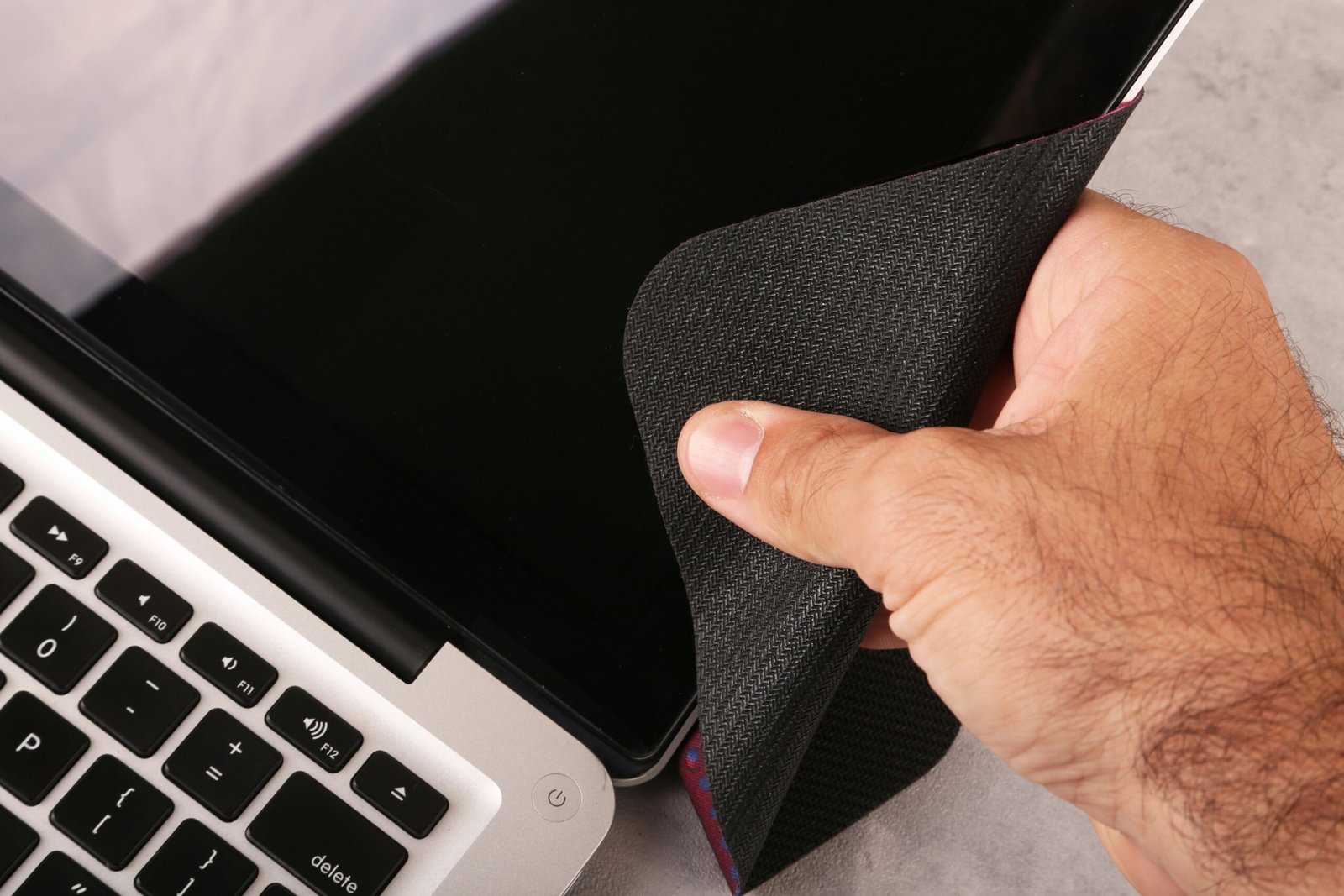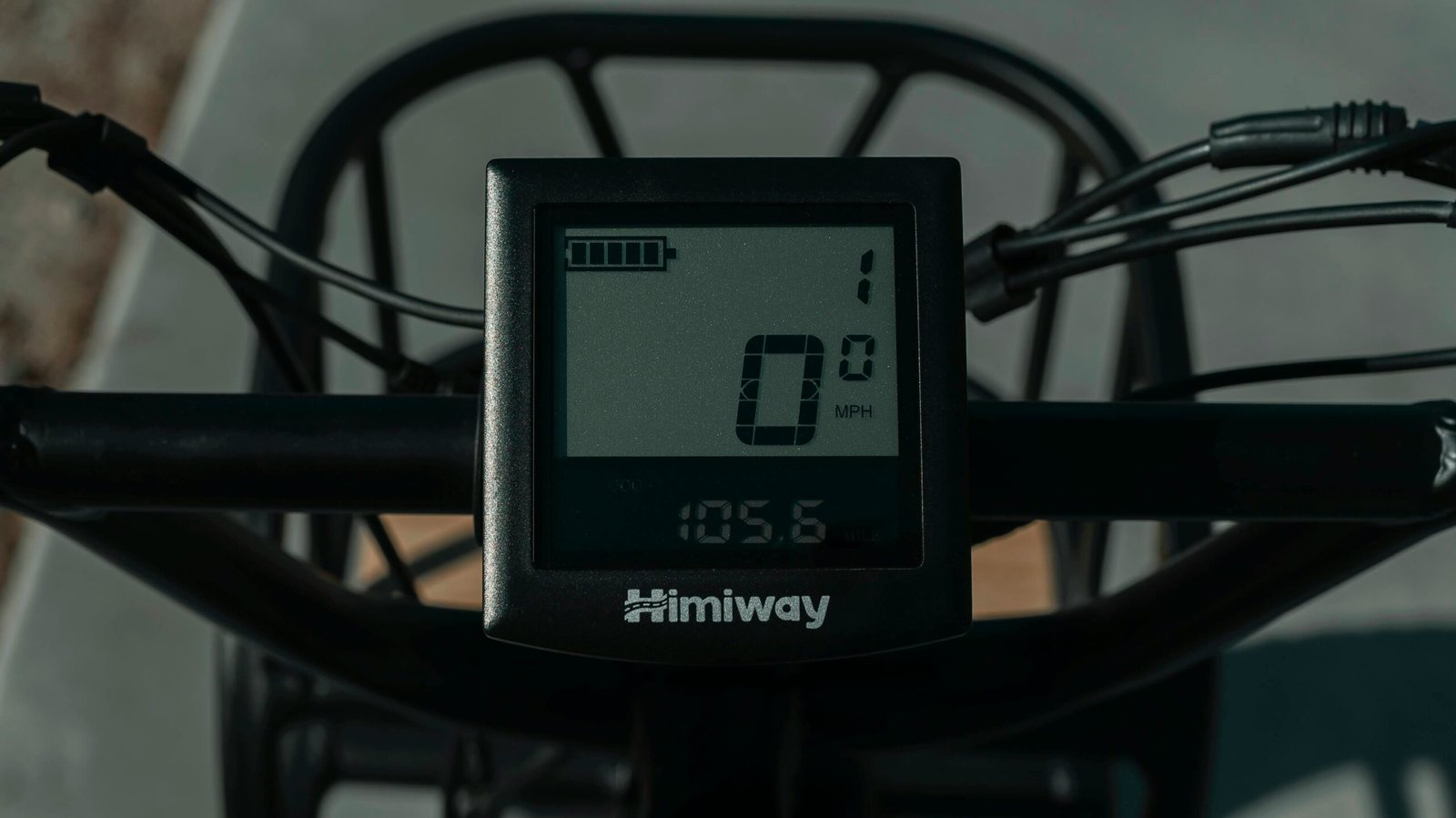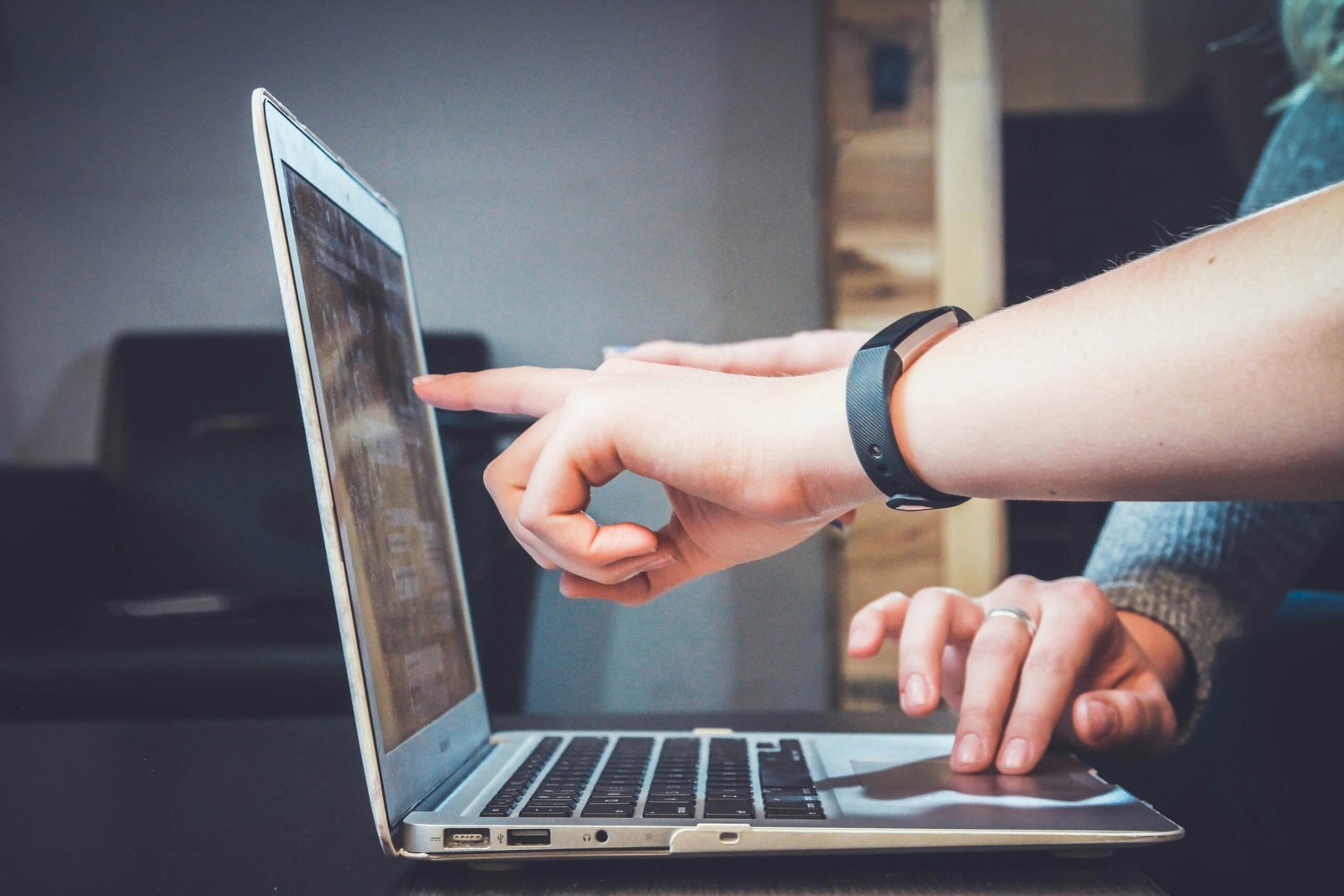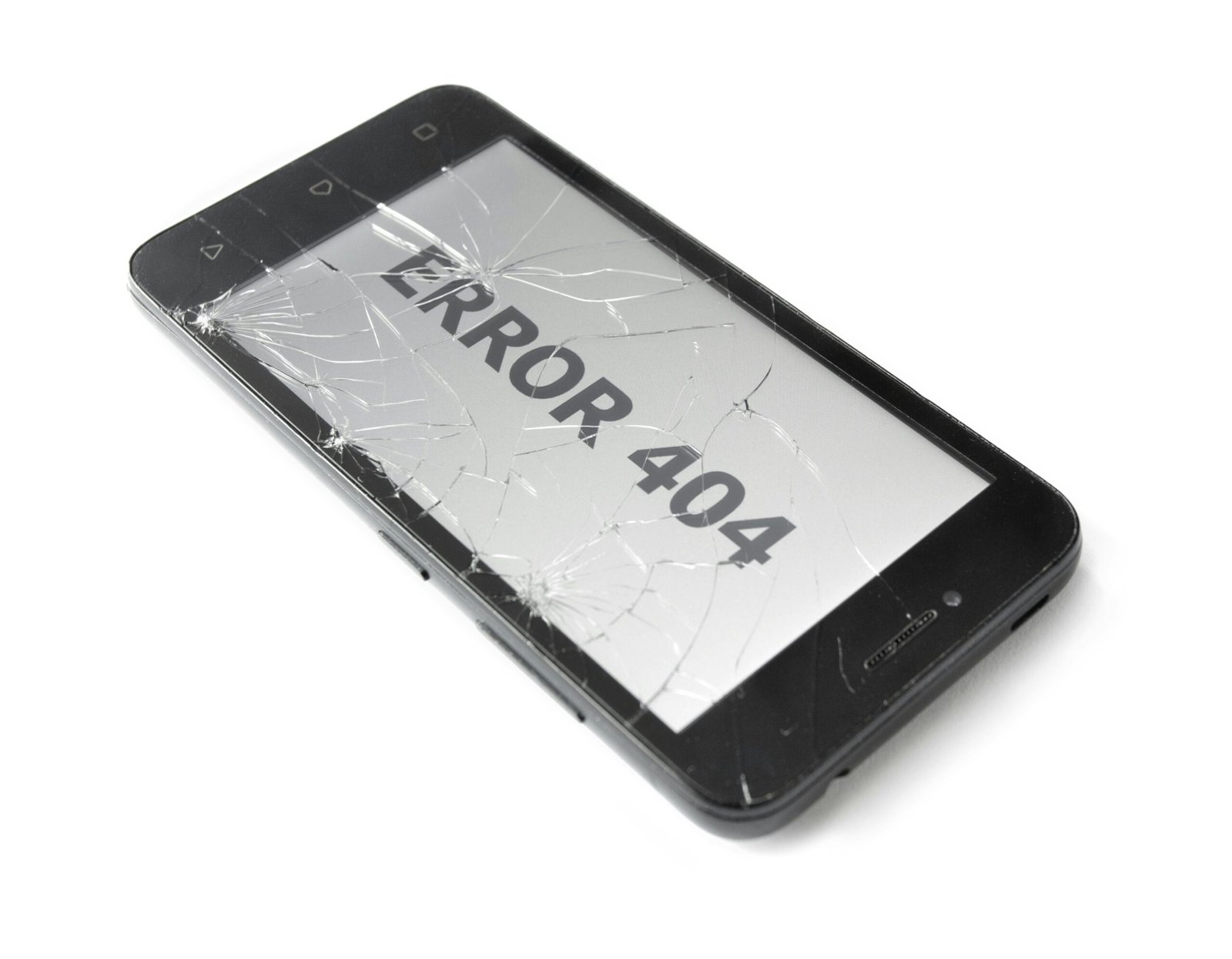How to Clean a Greasy Screen: A Comprehensive Guide
Understanding the Problem: Why Screens Get Greasy
Screens on devices such as phones, tablets, and laptops are prone to becoming greasy over time, largely due to a variety of everyday factors. One of the primary culprits is natural skin oils. As we use our devices throughout the day, the oils from our skin transfer to the screen, leaving a residue that builds up, especially with frequent touch interactions. Fingerprints compound this issue, creating visible smudges and streaks on the surface.
Accidental food and drink spills further exacerbate the problem. Even minor splashes of a beverage or tiny crumbs can find their way onto a screen, contributing to the greasy layer. This is particularly common when using devices during meals or while multitasking. Additionally, general daily usage, such as swiping and typing, introduces a mix of environmental dust and other particulates that cling to the oily residue, enhancing the greasy appearance.
A greasy screen can significantly impact the performance and overall user experience of a device. From a visibility standpoint, the smudges and streaks can obscure the display, making it difficult to read text or view images clearly. This diminished clarity can be frustrating, especially in bright light conditions where smudges are more prominent. Moreover, the accumulation of oils and dirt can reduce the screen’s touch sensitivity, leading to less responsive interactions.
Understanding why screens get greasy is the first step in addressing the problem effectively. Awareness of these factors highlights the importance of regular cleaning routines to maintain device performance and user satisfaction. By acknowledging the sources of screen greasiness, users can take proactive measures to ensure their devices remain clean and functional.
Preparation: Gathering the Essential Cleaning Supplies
Before embarking on the task of cleaning a greasy screen, it is imperative to gather the necessary supplies to ensure both efficacy and safety. The cornerstone of this process is the use of a microfiber cloth. These cloths are specifically designed to trap and lift grease and dirt without causing scratches or leaving residues. Avoid using materials such as paper towels or abrasive fabrics, as they can cause permanent damage to the screen by scratching or dulling the surface.
Distilled water is another essential component. Unlike regular tap water, distilled water is free from impurities that could potentially leave streaks or mineral deposits on your screen. In cases of stubborn grease or grime, a mixture of distilled water and isopropyl alcohol can be particularly effective. A solution with a ratio of 1:1 distilled water to 70% isopropyl alcohol offers a strong yet safe cleaning agent. For those who prefer convenience, pre-packaged screen cleaning wipes are also a viable option. These wipes are pre-moistened with an appropriate cleaning solution, ensuring the right amount of moisture for effective cleaning.
Gentle liquid soaps can serve as an additional cleaning agent, particularly for more extensive cleaning needs. Adding a few drops of mild liquid soap to distilled water can help break down greasy residues. However, it is crucial to apply this mixture sparingly and to ensure it is thoroughly wiped away to prevent any soapy buildup.
Equally important is the safety aspect of cleaning your device. Always make sure to turn off the device before beginning the cleaning process. This precaution not only safeguards against potential short circuits but also minimizes the risk of personal injury. Taking these preparatory steps will set the stage for an effective and safe cleaning procedure, ultimately keeping your screen in optimal condition.
Step-by-Step Cleaning Process
To ensure a spotless, grease-free screen, it is crucial to adhere to a methodical cleaning process. Begin by washing and thoroughly drying your hands. This fundamental step prevents the transfer of additional oils and grime to the screen, establishing a clean starting point.
Next, prepare a microfiber cloth. This type of cloth is ideal due to its gentle texture and ability to capture dust and grease without causing scratches. Dampen the cloth with a suitable cleaning solution. A simple mixture of distilled water and a small amount of isopropyl alcohol works effectively. Avoid soaking the cloth; it should be merely damp, not dripping wet.
Initiate the cleaning by gently wiping the screen in a circular motion. This technique helps to lift away the grease and dirt without the risk of streaking the surface. Focus on particularly greasy areas, ensuring to apply mild yet consistent pressure. Employ patience during this step; rushing might leave behind streaks or residues.
For stubborn grease spots that persist despite thorough cleaning, a mixture of water and isopropyl alcohol is particularly effective. Moisten a corner of the microfiber cloth with this blend and concentrate on the resistant areas. Use gentle circular motions to gradually break down the grease, restoring the clarity of the screen.
After addressing all greasy spots, it is crucial to dry the screen properly. Use a separate dry microfiber cloth to buff the screen gently. Drying not only removes any remaining moisture but also prevents streaks and residue formation, resulting in a pristine, clear screen.
Maintenance Tips: Keeping Your Screen Clean for Longer
Maintaining a clean screen is essential for ensuring the longevity and optimal performance of your electronic devices. One effective approach is to apply a screen protector. These thin layers are designed to not only shield against scratches but also repel fingerprints and smudges, reducing the overall need for frequent cleaning. By consistently using a screen protector, you can keep your device looking pristine while safeguarding the underlying screen.
Regularly scheduled cleanings should be part of your routine to maintain a spotless screen. Establishing a weekly or bi-weekly cleaning schedule can prevent the buildup of grime and grease. Remember to always use microfiber cloths and screen-specific cleaning solutions to avoid any potential damage. Keeping your hands clean before using your devices can also significantly reduce the transfer of oils and other residues onto the screen. It’s a simple yet impactful habit that can make a noticeable difference.
When it comes to storing your devices, always opt for clean, dust-free environments. Using protective covers or cases can offer an additional layer of defense against dirt and accidental spills. Ensuring that your storage area is dry and away from extreme temperatures will also protect the screen from potential damage.
While it is crucial to follow best practices, it’s equally important to be aware of actions that can harm your screen. Never use harsh chemicals such as ammonia-based cleaners or abrasive materials like paper towels, as these can erode the screen’s surface and diminish its clarity. Additionally, be gentle with your cleaning technique; applying excessive pressure can cause pixel damage and compromise the screen’s functionality.
By implementing these maintenance tips and adhering to recommended practices, you can enjoy a cleaner, more vibrant screen for an extended period. A few mindful steps can go a long way in preserving the quality and appearance of your electronic devices’ screens.






